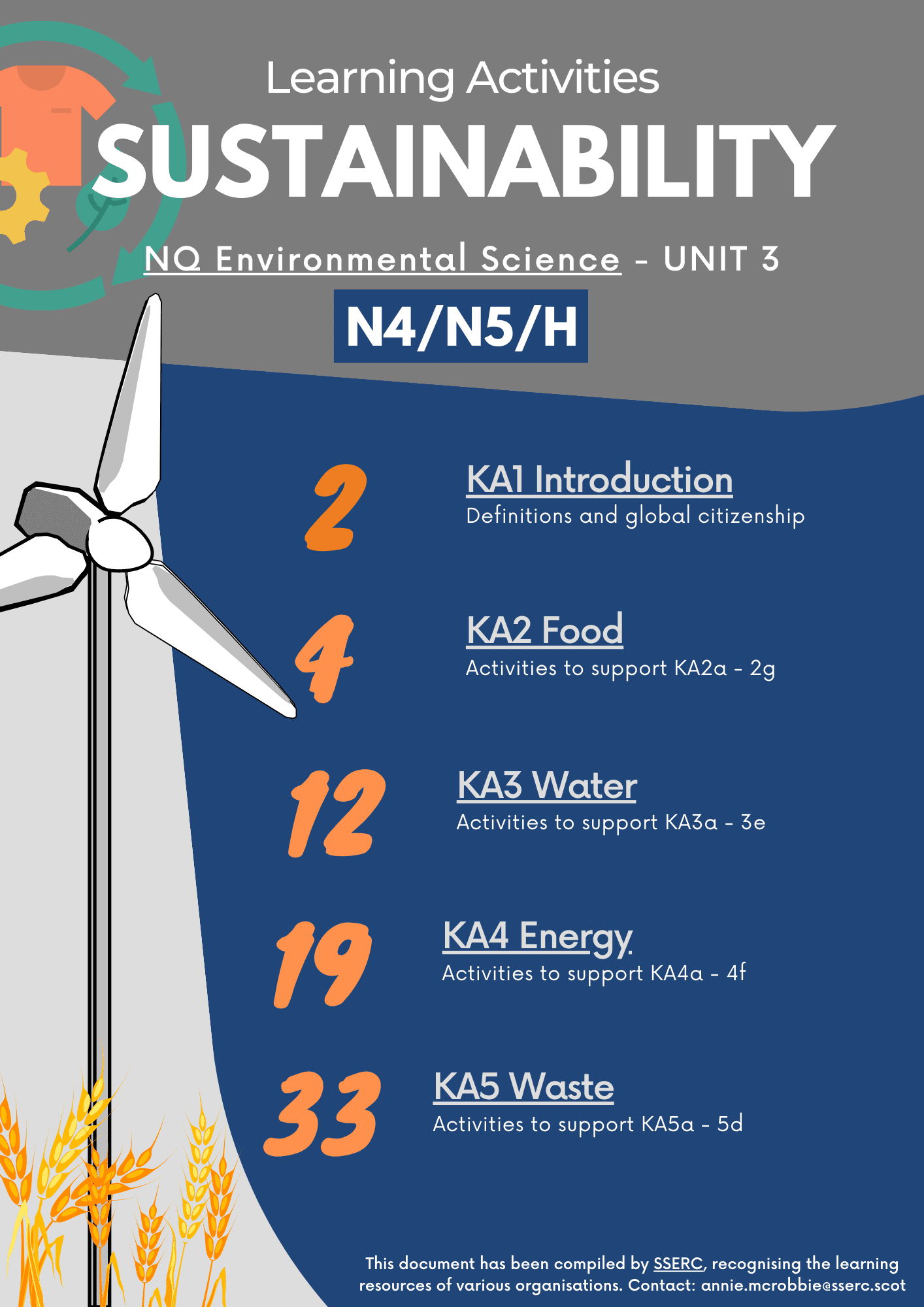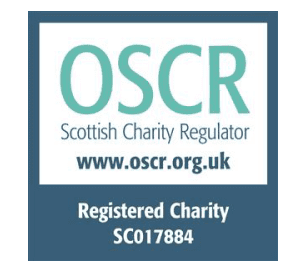Welcome to the National 4 Environmental Science page.
We have made a start uploading resources for experimental work that could help to support teaching of the course.
The resources are accessed from the unit pages which you can get to from the tabs below.
Alternatively you can use the search facility.
Download our Sustainability Learning Resource here, with compiled materials from various organisations aligned to the course specification (N4/N5/Higher).
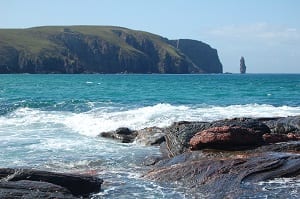
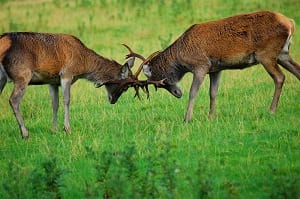 The Living Environment unit looks at: Investigating ecosystems and biodiversity, Interdependence of living things within ecosystems and at human influences on biodiversity
The Living Environment unit looks at: Investigating ecosystems and biodiversity, Interdependence of living things within ecosystems and at human influences on biodiversity
The resources can be accessed from the links below.
1. Interdependence
Animal and plant species depend on each other
2. Adaptation for survival.
3 Impact of population growth and natural hazards on biodiversity
Impact of population growth and natural hazards on biodiversity
4 Nitrogen cycle
Energy in ecosystems – the nitrogen cycle
5 Environmental impact of fertilisers.
Fertiliser design and environmental impact of fertilisers
6 Explore our World:
The Earth’s Resources unit looks at the structures and processes involved in the functioning of the: geosphere, hydrosphere and atmosphere.
 The resources can be accessed from the links below.
The resources can be accessed from the links below.
1 Responsible use and conservation of non-renewable and renewable resources.
2 Formation and use of fossil fuels.
Acid Rain in the Classroom – some simple, safe classroom activities to investigate acid rain.
When a Fossil Fuel is Burned – demonstration of the production of carbon dioxide and water when a hydrocarbon is burned.
3 Derivation and uses of materials derived from crude oil.
4 Risks and benefits of different energy sources, including those produced from plants.
Biodiesel – Preparation and testing of biodiesel in the laboratory
Dye Sensitised Solar Cells – Making and investigating the generation of electricity from Dye-Sensitised Solar Cells
5 The carbon cycle.
6 Processes involved in maintaining the balance of gases in the air.
7 Causes and implications of changes in the balance.
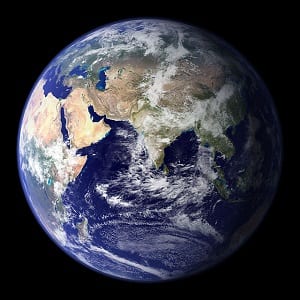 The Sustainability unit looks at the way the natural world and people interact in the areas of: food, water, energy and waste management.
The Sustainability unit looks at the way the natural world and people interact in the areas of: food, water, energy and waste management.
The resources can be accessed from the links below.
1 Sustainability of key natural resources and possible implications for human activity.
2 The interaction between humans and the environment and the impact of human activity on an area.
Let’s Talk – Bogs – A discussion activity about the importance of bog ecosystems.
3 The role of agriculture in the production of food and raw material and its environmental impacts and sustainability
4 Society’s energy needs.
5 Impact of developments in transport infrastructure in a selected area and development of sustainable systems.

